Your cart is currently empty!
Category: Educational Resources
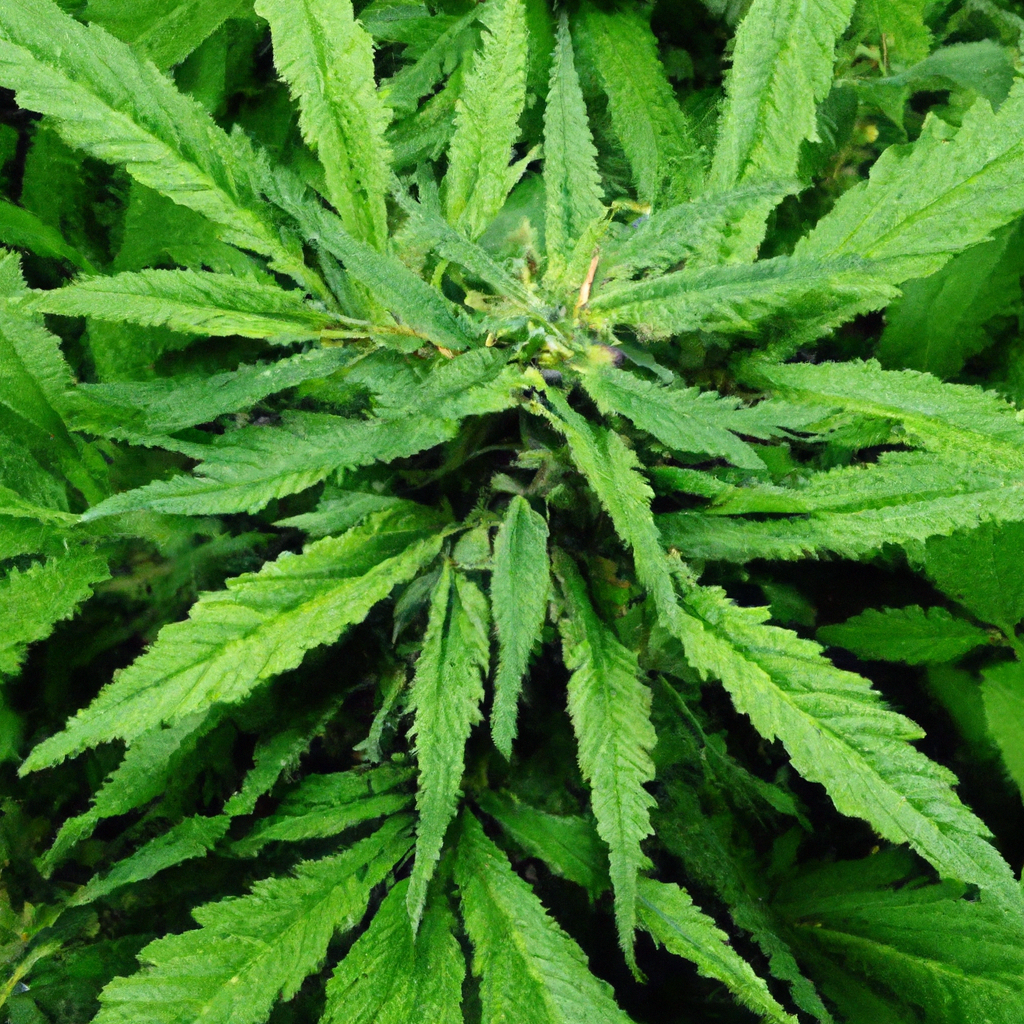
The dynamic relationship between cannabis and the environment plays a crucial role in the plant’s quality and characteristics. This article examines how different terrains and soils impact cannabis cultivation, highlighting the importance of adapting growing strategies to geographical features. Key factors like soil type, elevation, and topographical diversity can significantly affect plant health and yield.…
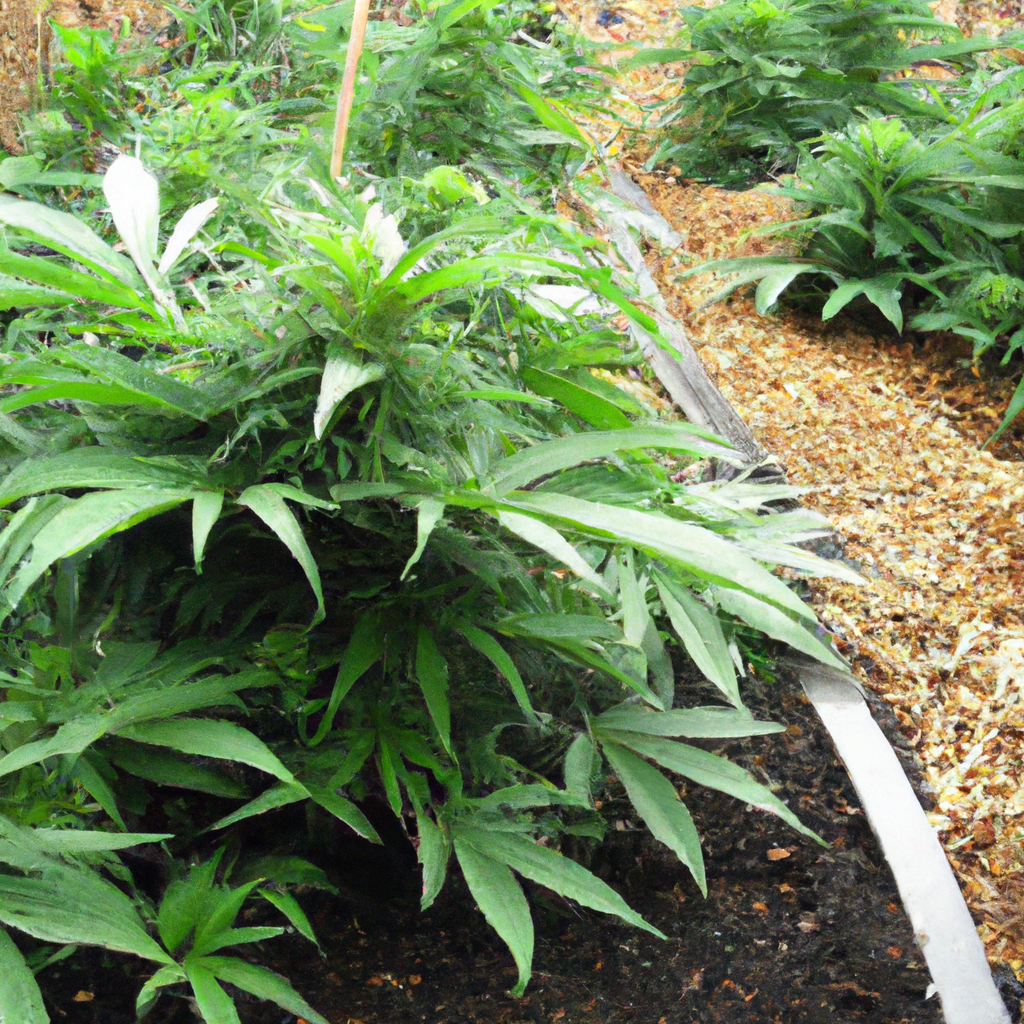
Embracing sustainable practices in cannabis cultivation, mulching offers multiple benefits by covering the soil with organic or inorganic materials. This technique conserves moisture, suppresses weeds, regulates soil temperature, and enhances soil fertility, all of which contribute to healthier cannabis growth. Growers can choose between organic mulches, which improve soil health by decomposing and releasing nutrients,…
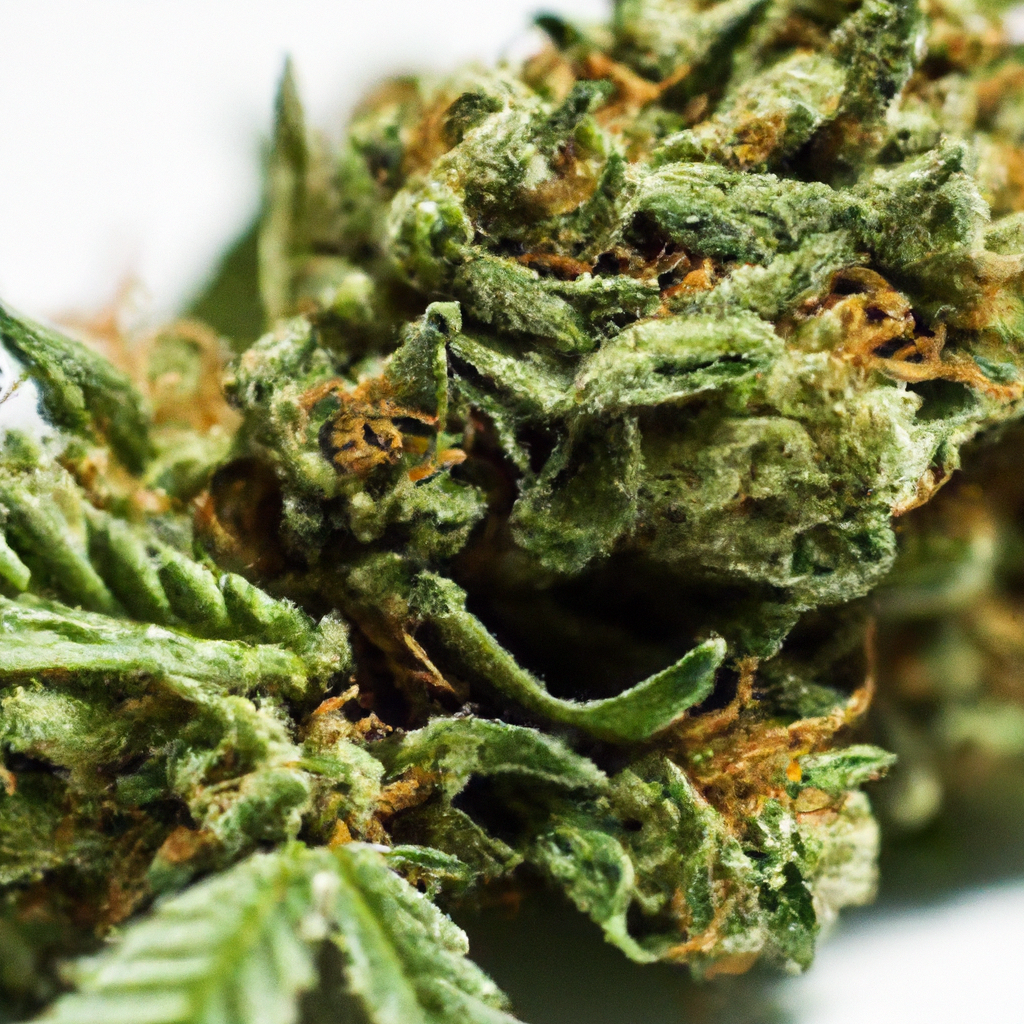
Cannabis terpenes, organic compounds responsible for the plant’s distinctive aromas and flavors, are gaining attention for their role in enhancing the cannabis experience. These terpenes interact with cannabinoids, contributing significantly to the “entourage effect,” which may enhance therapeutic benefits. Common terpenes include myrcene, limonene, pinene, linalool, and caryophyllene, each offering unique effects such as relaxation,…
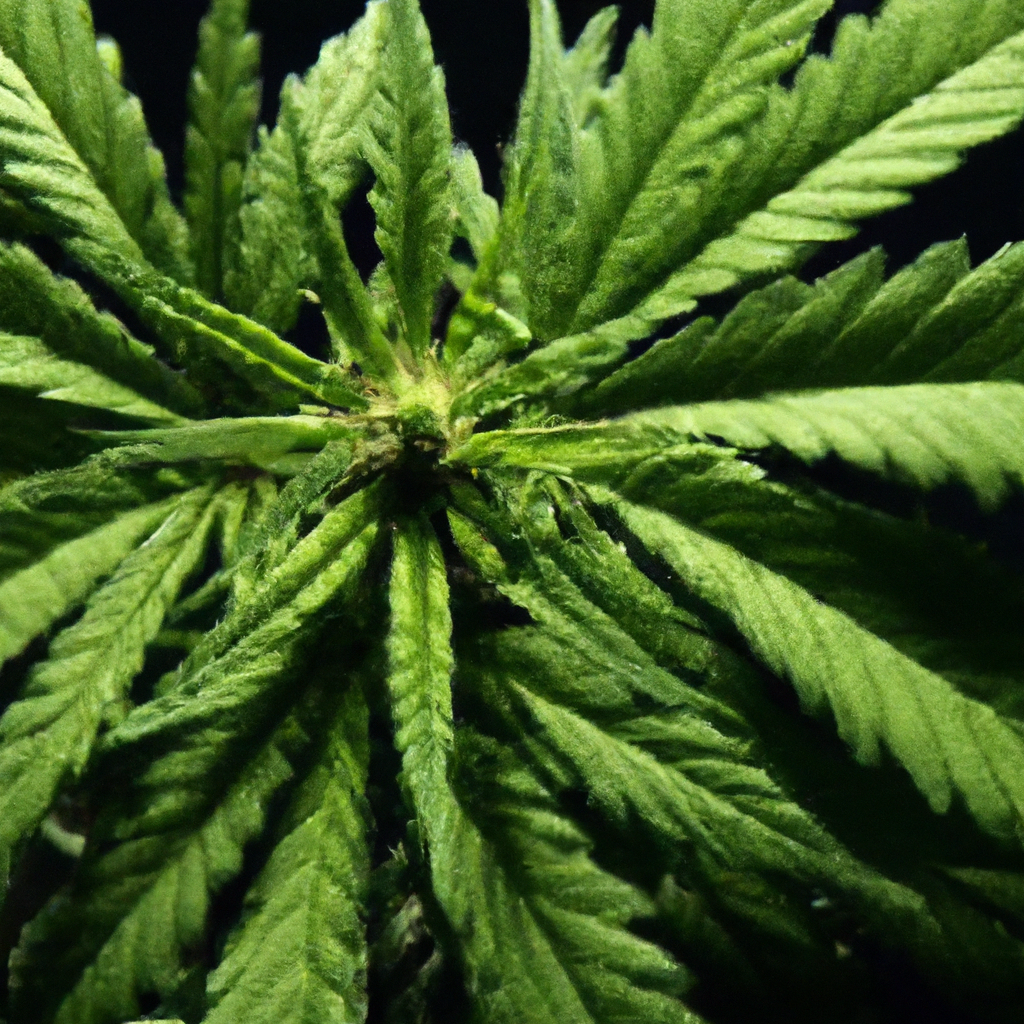
As the drive to combat climate change escalates, the cultivation of cannabis emerges as a surprising ally in carbon sequestration. This blog post explores how cannabis, beyond its well-known medical and recreational uses, can significantly contribute to capturing and storing atmospheric carbon dioxide. With its rapid growth and high biomass, cannabis not only absorbs substantial…
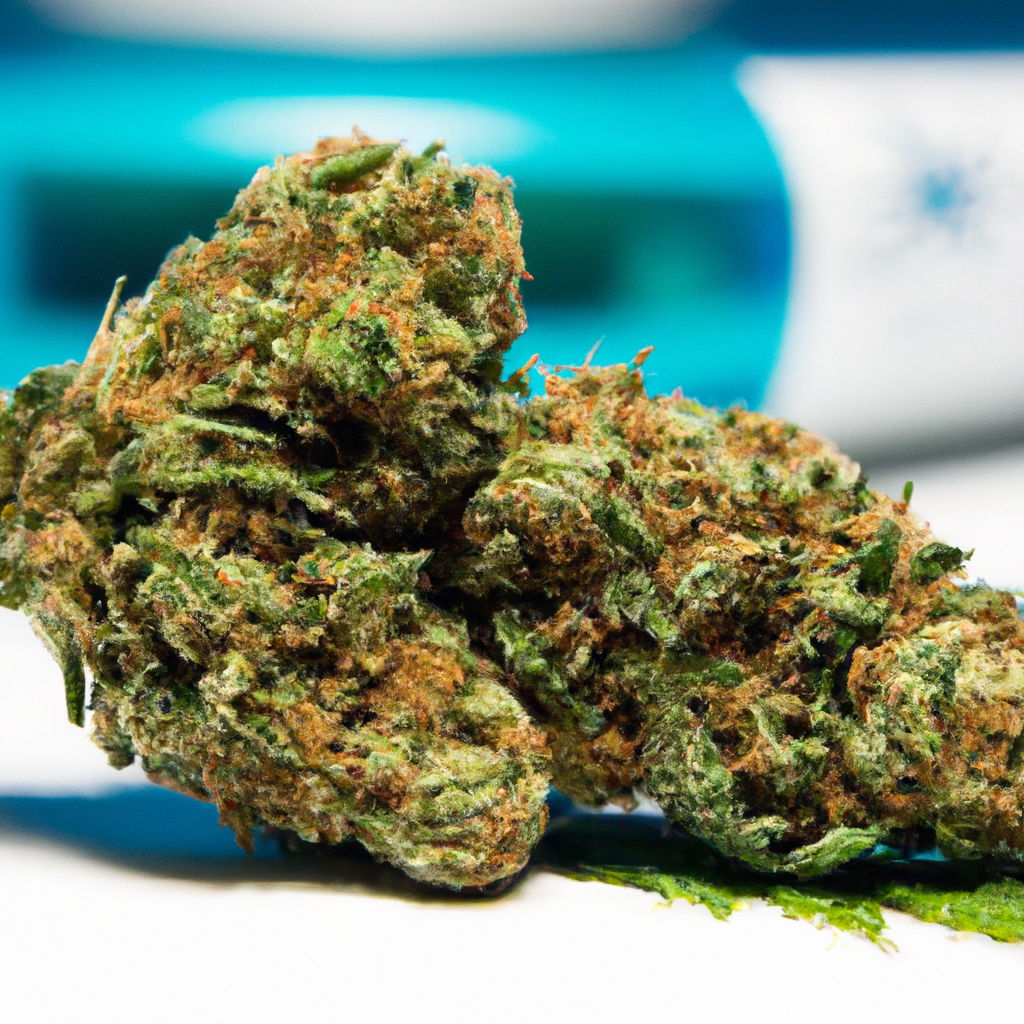
For centuries, individuals have sought various methods to achieve better sleep, with cannabis emerging as a recent trend. This post explores how cannabis interacts with the body’s endocannabinoid system to regulate sleep. The cannabinoids THC and CBD play distinct roles: THC may help with sleep onset but could reduce REM sleep and lead to grogginess,…
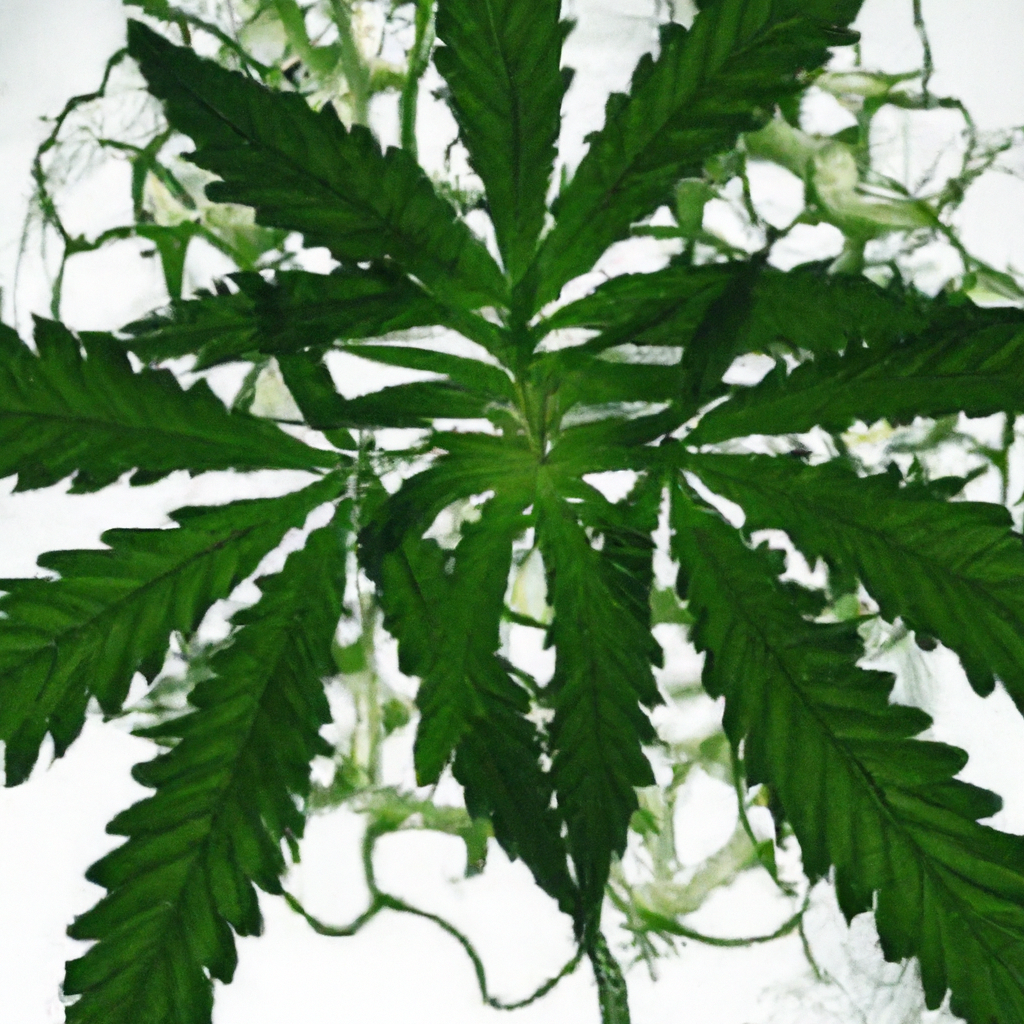
The evolving science of cannabis biofilms is reshaping cannabis cultivation by tapping into the power of beneficial microbial communities. These biofilms improve nutrient uptake, defend against pathogens, and enhance root health by forming protective matrices on roots and soil. Recent studies show notable increases in yield and disease resistance when biofilm-friendly practices are adopted, such…

Cannabis legalization is rapidly progressing worldwide, with varied legal statuses from full access for medical and recreational use to strict prohibition. This overview highlights the potential economic, medical, and social benefits as well as key challenges such as fragmented regulatory frameworks, taxation issues, and public stigma. Recent changes include Canada’s complete legalization, Germany’s plans for…
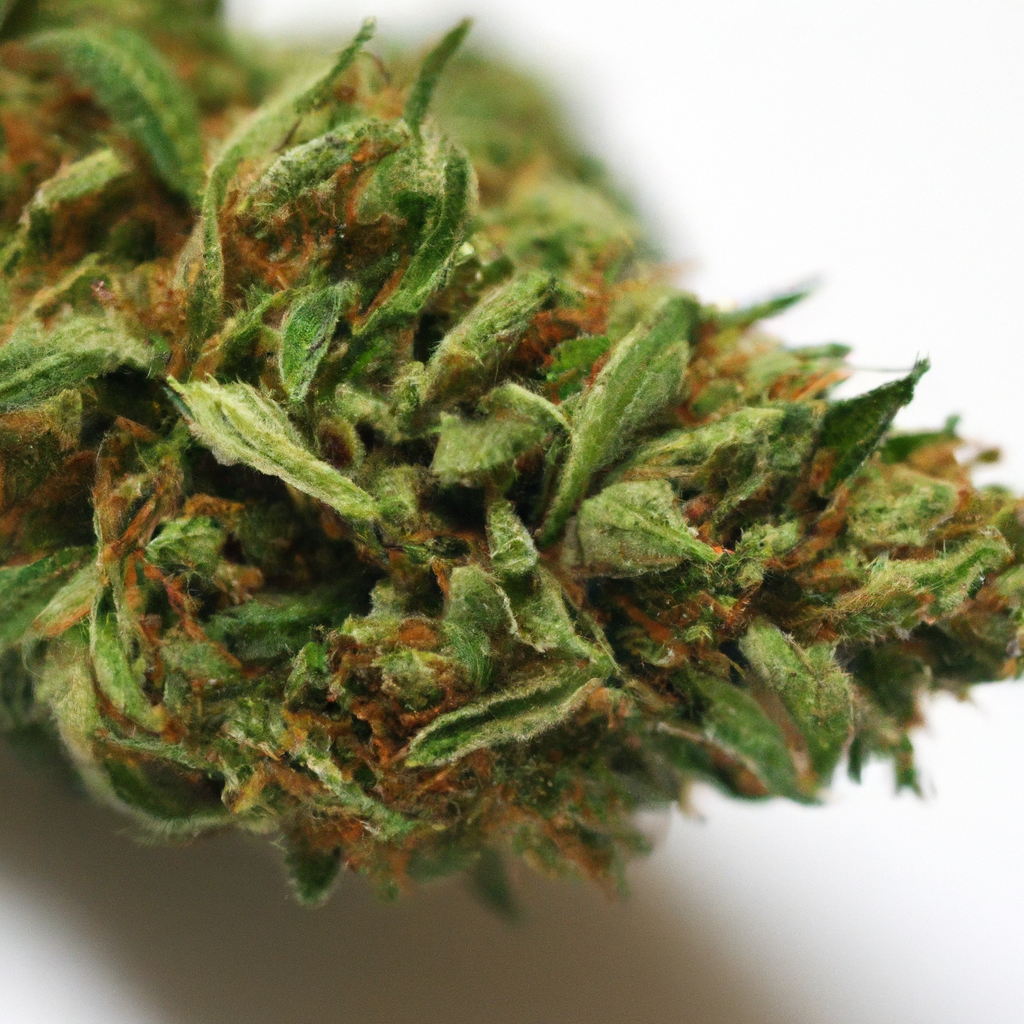
Cannabis has long captured human interest for its effects, but its diverse aromas are equally fascinating. These scents, resulting from terpenes like myrcene, limonene, linalool, and pinene, not only define the plant’s flavor but also significantly influence its therapeutic effects. This blog explores how terpenes contribute to the “entourage effect,” impacting cannabis experiences alongside THC…
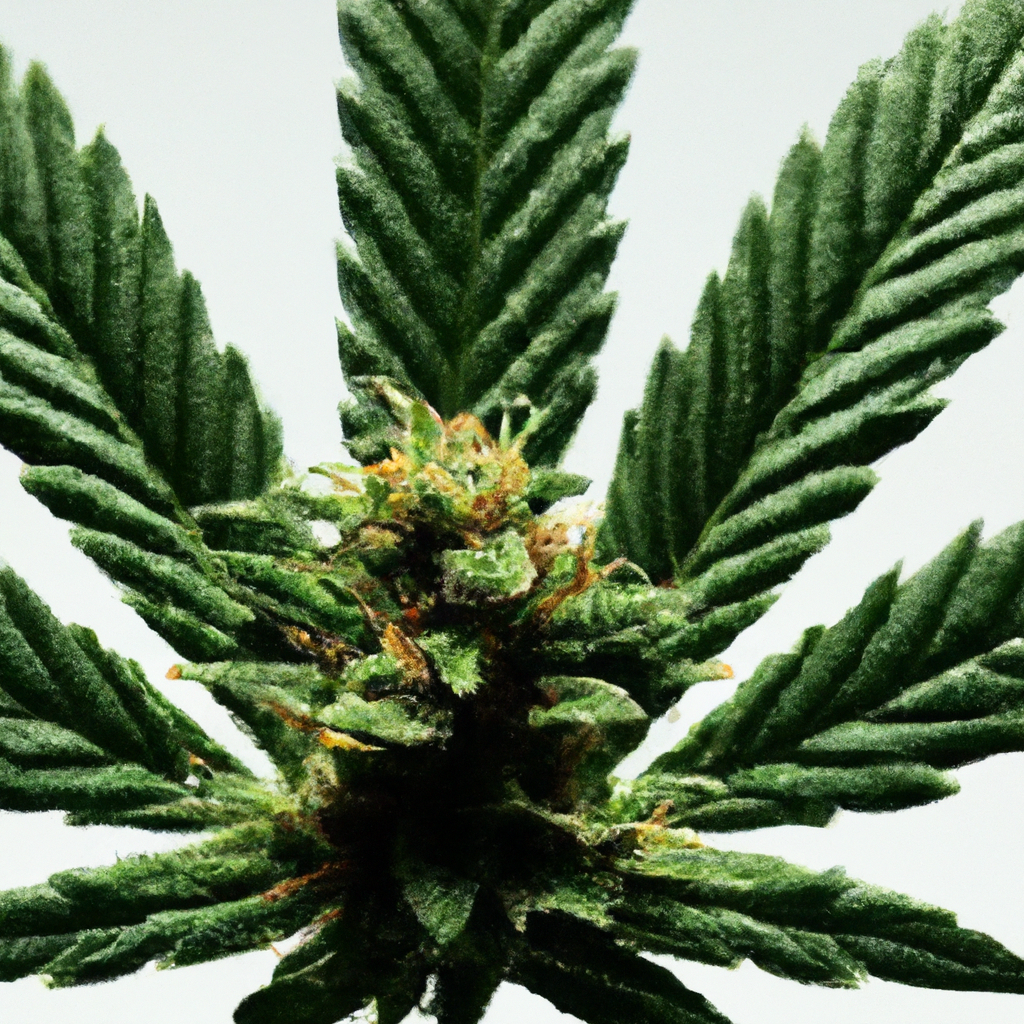
Neuropathy, a condition often resulting in chronic pain, affects millions worldwide. Traditional treatments pose challenges, leading many to explore cannabis as an alternative remedy. Cannabis contains cannabinoids such as THC and CBD, which interact with the endocannabinoid system to modulate pain and reduce inflammation, offering neuropathic pain relief. Scientific studies support its efficacy, with strains…
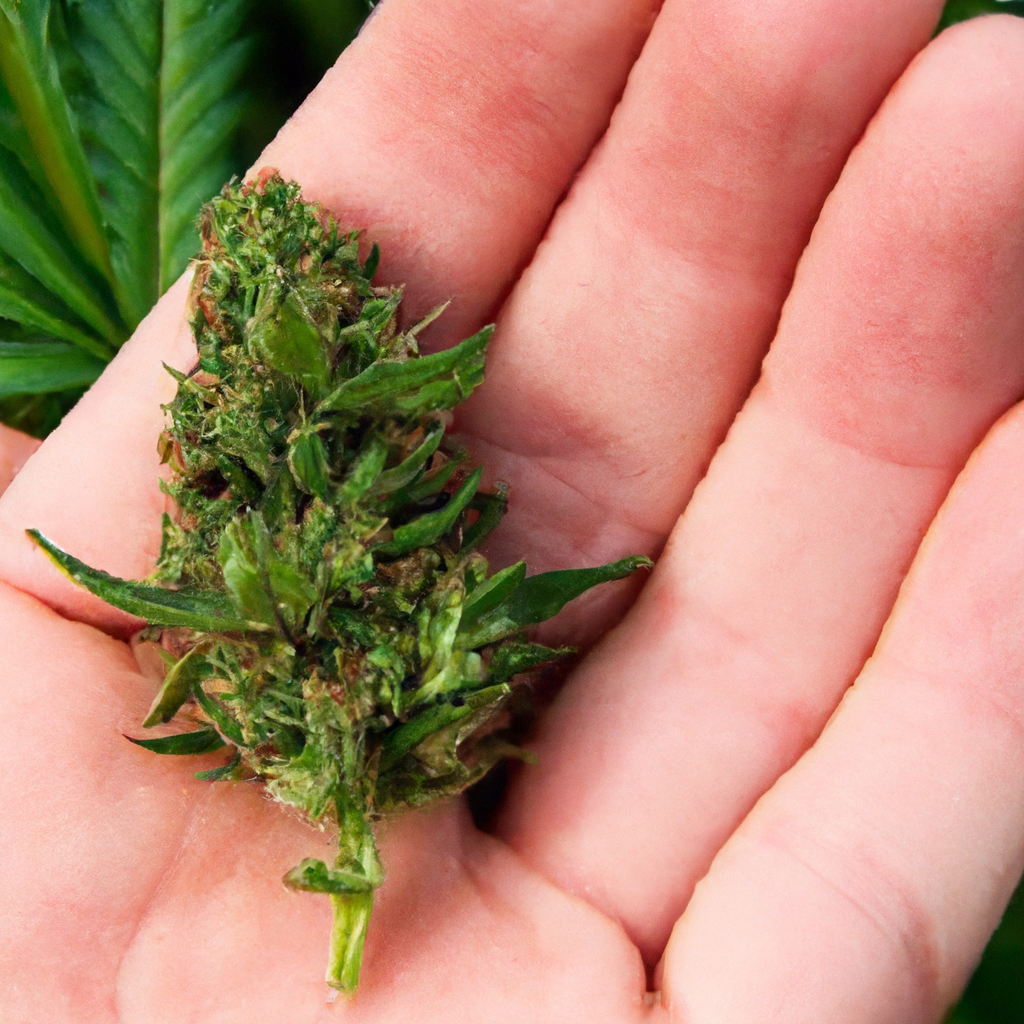
Understanding the scientific principles of cannabis pollination is crucial for both novice and experienced cultivators as the industry expands. Cannabis, which is dioecious with distinct male and female plants, relies on pollination for seed production and genetic sustainability. Natural pollination is cost-effective but imprecise, while controlled pollination offers genetic control, consistency, and reduced hermaphroditism by…
